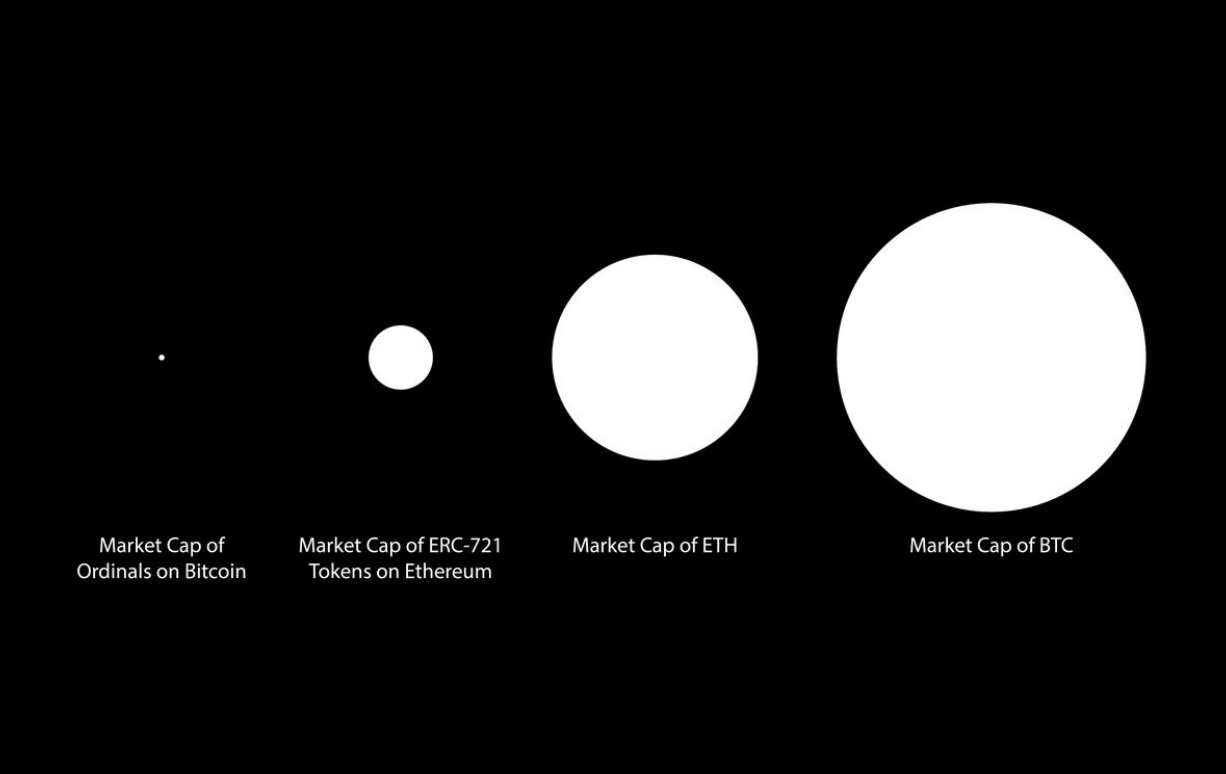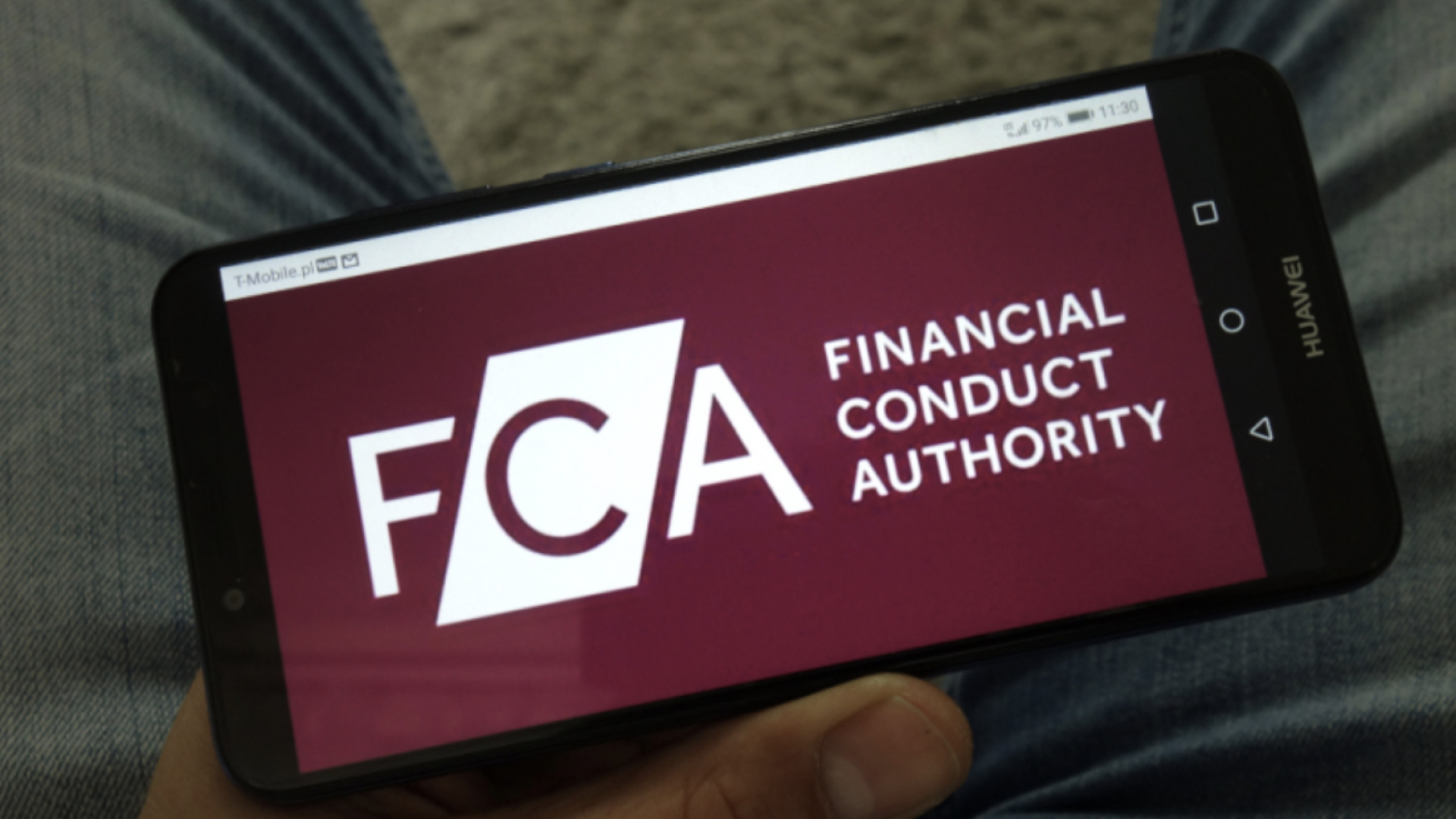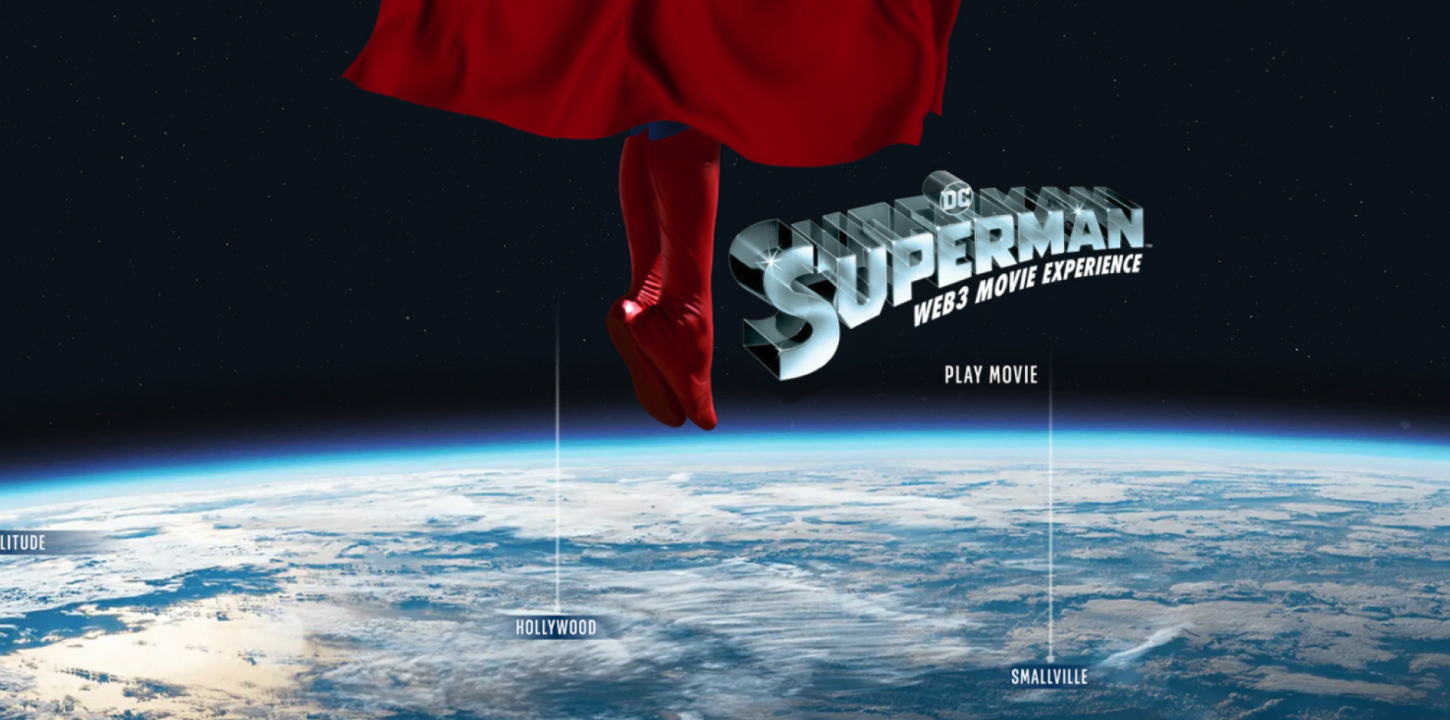Table of Contents
One of the most oft-cited motivations behind the creation of Ethereum was the desire to introduce programmatic functions that weren’t possible on Bitcoin. In simple language, Vitalik Buterin and his fellow co-founders of Ethereum wanted the blockchain to be able to do things other than just send payments, which was Bitcoin’s primary and only use-case at the time.
Fast forward eight years, and now Bitcoin is able to do all kinds of things that it couldn’t before. Some projects have made Bitcoin compatible with smart contracts, enabling it to be used with the plethora of dApps in the decentralized finance (DeFi) space, and even allowing NFTs known as ‘Ordinals’ to be created on Bitcoin for the first time.
Enter Ordinals - Bitcoin’s Own NFTs
The success of Ordinals - which inscribe immutable data, such as texts, images and audio - onto a satoshi (the smallest unit of BTC) has been immense. Upon launch they clogged up the Bitcoin blockchain, causing exchanges such as Binance to temporarily halt withdrawals and bringing the Bitcoin network to a grinding halt.
The impact of Ordinals was also felt off the blockchain. The idea of using the Bitcoin blockchain to create what is essentially an NFT (Ordinals share the same characteristics of immutability and non-fungibility) caused a rift between developers in the Bitcoin space. Bitcoin was supposed to be a payment network, said one faction. While others lauded this newfound ability to have the same kind of functionality, customization options, and value creation that they’d seen in the Ethereum ecosystem for years.
While developers continue to debate the merits of Ordinals, users in the crypto space have apparently embraced them with open arms. Bitcoin Ordinals trading volume rose by an astonishing 2,834% leading into Q2 of 2023, climbing to $210.7 million. More than half a million trades were executed by over 150,000 unique traders, according to the latest data by DappRadar.
Overtaking Ethereum
That flurry of activity led to Ordinals overtaking Ethereum NFTs in terms of trade volume. The top two NFT collections with the highest sales are Bitcoin Ordinals, according to data from CryptoSlam. Their combined sales of $27.2 million in the past 24 hours completely dwarf the nearest Ethereum NFT in third place, which recorded just $1.59 million worth of sales.
Some have suggested that Bitcoin is currently in the process of flipping Ethereum when it comes to being the main home of NFTs in the crypto space based on the numbers above. However, the true impact of Ordinals on Bitcoin is much more far-reaching.
As the author of the Ethereum white-paper, Vitalik Buterin, stated in regard to the Ordinals debate: “Ordinals are starting to bring back a culture of actually doing things. It feels like there's real pushback to the laser-eye movement, which is good.”
The laser-eye movement refers to those who view Bitcoin purely as a payment system, and base their hopes of future profits on its adoption as a global payment rail. One of the main gripes many ‘laser-eye’ loyalists have had with Ordinals is their tendency to take up space on the Bitcoin blockchain that could have been used for payments.
Building an Ecosystem Around Ordinals
But the spirit of innovation fostered by the creation of Ordinals hasn’t stopped. Several ventures are under way that aim to refine the Ordinals landscape. One group of developers are trying to introduce a new BTC token standard - BRC-69 - aims to radically reduce the cost of minting and sending Ordinals, moving Ordinals away from the current BRC-20 standard on which they are based.
Others are attempting to build a community mentality around the newfound Bitcoin NFTs, and kickstart an ecosystem of development that can put Bitcoin on a level with Ethereum in regards to its decentralized finance capabilities.
A collection of some of the smartest minds in the blockchain space have come together to form The Ordinal Council, a group of builders, developers and executives who share the common goal of building out the Bitcoin ecosystem around Ordinals.
The Ordinal Council is in the process of launching the first Bitcoin DAO to support grassroots talent and builders around Ordinals and BRC-20, and will form a Bitcoin incubator to help develop a raft of innovative use-cases on Bitcoin, such as gaming, metaverse, GameFi and DeFi projects — few of which have been possible on Bitcoin until now.
The Council is set to unveil the first launchpad on Bitcoin - ToshiPad - in the next few weeks, and is in the process of executing its ‘Yellow Collection’ PFP drop, which aims to bring more users into what is already a burgeoning BRC-20 ecosystem.
After years of inactivity, all it took was one little satoshi with something inscribed on it to kickstart a maelstrom of innovation and development on Bitcoin, and it’s turning the crypto space upside down.
Disclaimer: This article is provided for informational purposes only. It is not offered or intended to be used as legal, tax, investment, financial, or other advice.














